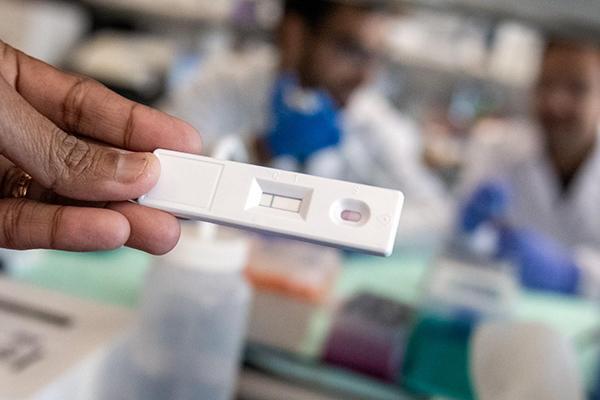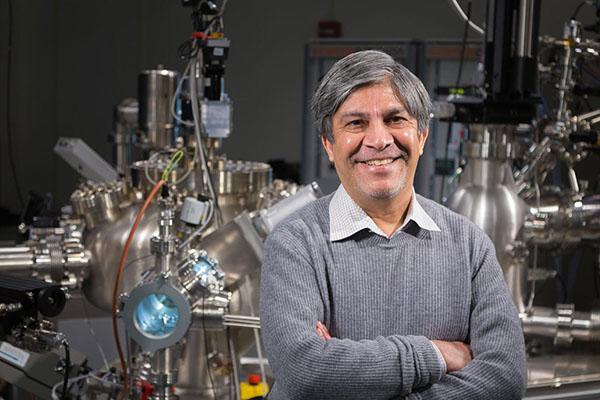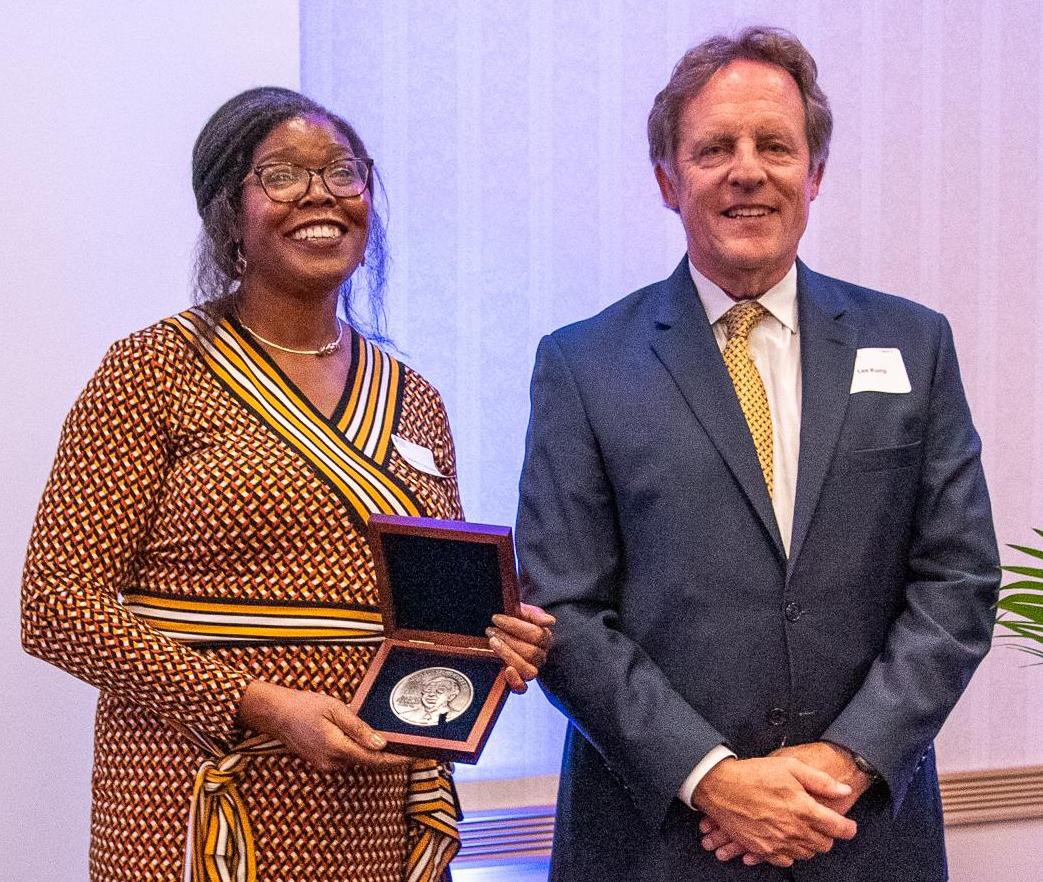More than half of the estimated 374 million new sexually transmitted infections (STIs) in 2020 were either chlamydia or gonorrhea, which are often asymptomatic and co-occurring, according to the World Health Organization. Despite the prevalence, neither disease currently has a clinically available rapid test, but that could change thanks to a Penn State-led research team.
Susan Sinnott, professor and head of the Department of Materials Science and Engineering at The Pennsylvania State University, will deliver the John F. McMahon Memorial Lecture at 11:20 a.m. Thursday, Nov. 2, in Holmes Auditorium, Harder Hall, on the Alfred University campus.
Quantum materials include superconductors, where pairs of electrons move together; magnets, where the spin of one electron influences the spin of its neighbor; topological materials, where the electrons on the surfaces of the materials have exotic properties; and quantum-confined materials, where the electron properties are determined by the size of the material.
Penn State students, faculty and alumni entrepreneurs joined with venture firms and startup founders from across the United States for the 2023 Invent Penn State Venture & IP Conference, held Oct. 16-17 at the Hershey Lodge in Hershey.
Six Penn State graduate students received a prestigious National Defense Science and Engineering Graduate (NDSEG) Fellowship, sponsored by the Air Force Office of Scientific Research, the Army Research Office, and the Office of Naval Research, under the direction of the Office of the Under Secretary of Defense for Research and Engineering.
Studying in a traditionally male-dominated field, Penn State student Brenda Paull said she found a special sense of belonging through the Women and Gender Diversity in Earth and Mineral Science (WEMS) club.
Benjamin O’Donnell, a Penn State undergraduate student studying materials science and engineering in the College of Earth and Mineral Sciences, received the 2023 Ellwood Metallurgy Scholarship, which also included a paid summer internship with the company.
Nitin Samarth, professor of physics and of materials science and engineering at Penn State has been selected as the Verne M. Willaman Professor of Physics. The appointment is awarded by the Office of the President of the University, based on the recommendation of the dean of the Eberly College of Science, in recognition of Samarth’s research contributions, teaching and service to the Department of Physics and the Eberly College of Science.
A multi-institutional project led by a Penn State researcher is focused on developing an all-in-one semiconductor device that can both store data and perform computations. The project recently received $2 million in funding over three years as part of the new National Science Foundation Future of Semiconductors (FuSe) program, a $45.6 million investment to advance semiconductor technologies and manufacturing through 24 research and education projects across the United States.
Tabbetha Dobbins, professor, dean of graduate studies and former vice president for research at Rowan University, is the recipient of the 2023 College of Earth and Mineral Sciences (EMS) Charles L. Hosler Alumni Scholar Medal for her efforts to elevate scientists and students.










